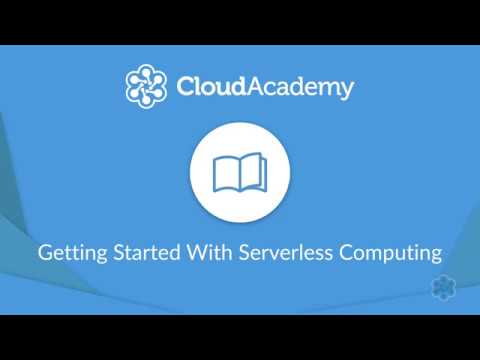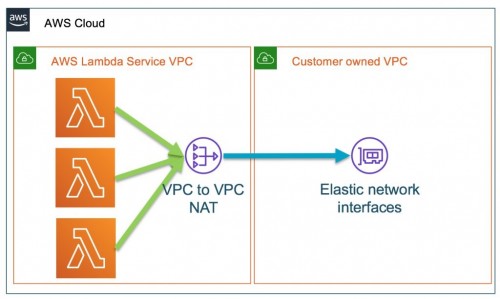
Cloud Academy – Creating Our First Serverless Function-STM
English | Size: 357.70 MB
Category: Tutorial
In this course, we will delve into implementing a series of AWS Lambda functions to help build our knowledge and familiarity with serverless computing Learning ObjectivesFollowing this course, we will be able to explain and implement an AWS Lambda code function that meets 3 common AWS Lambda use cases – API Gateway, S3, and DynamoDB. In this course, we will create a simple AWS Lambda function from scratch which will read data using the mock interface provided by AWS Lambda. Once we have the function working, we will connect the Lambda function up to the API Gateway we created in the previous course. During the launch, we discuss launch parameters, versioning, and aliases



